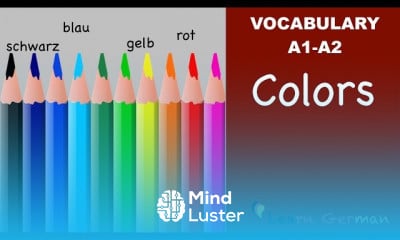Verbs in German Verben
Languages
Another Languages Courses
German verbs (deutsches Verb) German verbs may be classified as either weak, with a dental consonant inflection, or strong, showing a vowel gradation. Both of these are regular systems. Most verbs of both types are regular, though various subgroups and anomalies do arise; however, textbooks for learners often class all strong verbs as irregular.Verb conjugation is the process of changing a verb to indicate the person, gender, tense, number, or aspect of a sentence. In English, we can use verb conjugation to specify who is performing an action. For example: I am You are He/she/it is These verbs are all forms of the verb ‘to be’. German also conjugates verbs in this way. For example, you’ve probably already seen: ich bin du bist er/sie/es ist These are conjugated forms of the German verb sein (to be). Both English and German have regular as well as irregular verbs. Regular verbs are conjugated according to regular patterns Irregular verbs usually change their vowels or ‘stem’ when conjugated Although they follow unique rules, many irregular German verbs follow patterns similar to English. (Note: The stem of a verb is the core part of the verb that normally stays the same even when conjugated. You’ll see this in the examples below. For example, the stem of the German verb “lernen” is “lern-“. In all conjugations of this verb, this stem stays the same while the ending changes.)









